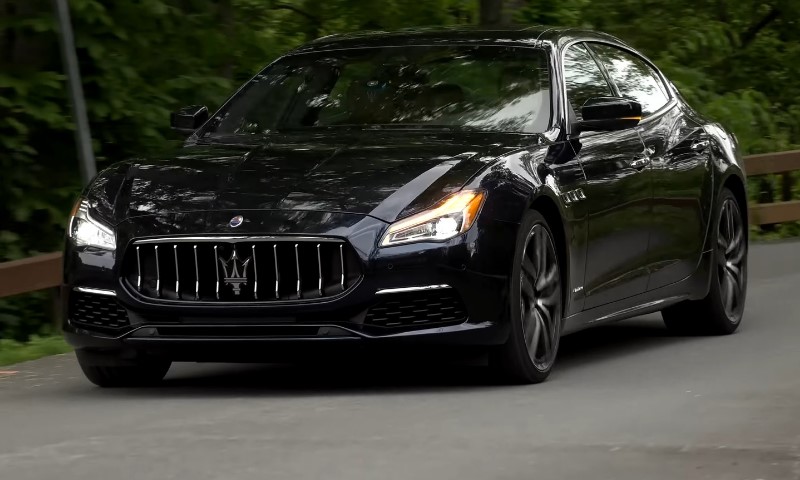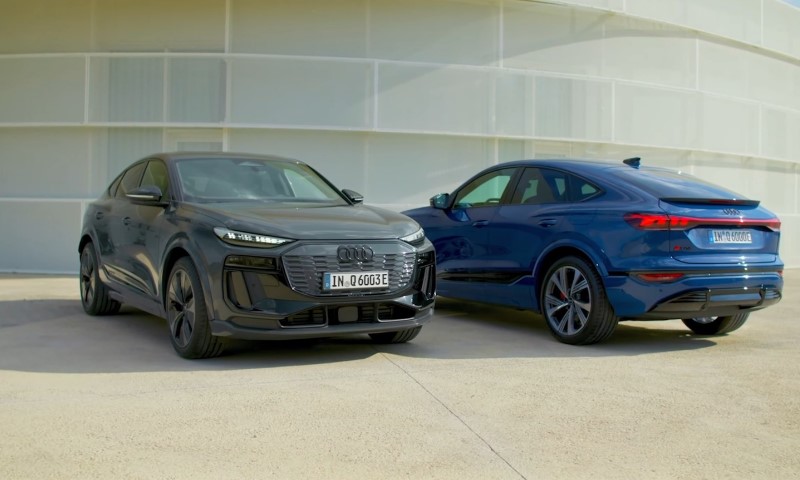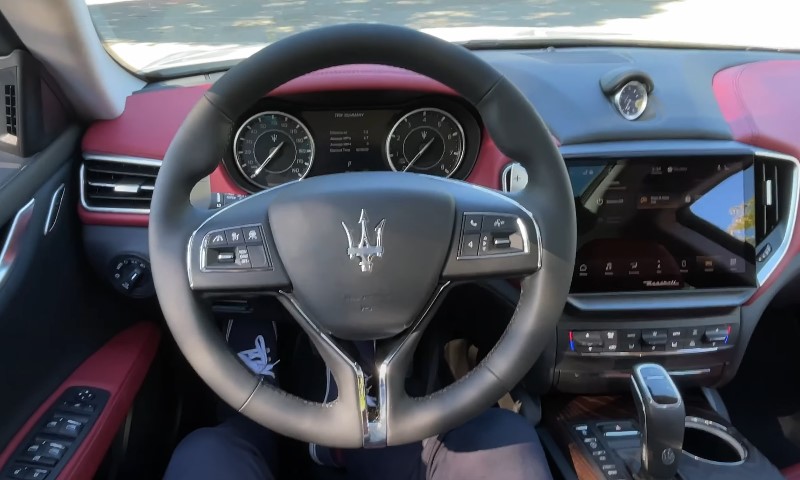Buying a car isn’t just about what’s on the window sticker. The number that really decides how expensive that vehicle becomes is the one written five years later when you try to sell it.
In 2024, some models dropped value so hard that it was almost painful to watch. Luxury sedans took the biggest hits, several EVs joined them, while trucks and hybrids managed to hold their ground better than most.
Let’s see which models lost value the fastest and what went wrong for them.
Key Points
- Luxury sedans and high-end SUVs lost the most value in 2024, often over 60% in five years.
- EVs depreciated faster than average due to rapid tech updates and price drops.
- Trucks and hybrids held value best, thanks to demand and reliability.
- High prices, outdated tech, and costly upkeep were key reasons behind steep depreciation.
The 15 Cars That Lost Value the Fastest in 2024
What All the Losers Have in Common

Every name on that list tells a slightly different story, but they share the same roots. When you strip the badges away, the reasons their values sank start to look strikingly familiar.
High sticker prices and fast aging tech
Luxury vehicles come loaded with cutting-edge gadgets and big MSRPs. Five years later, used-car shoppers see those same features as outdated headaches rather than selling points. When tech and infotainment move fast, value melts quickly.
Platforms that lag behind redesign cycles
Some large SUVs and sedans simply hung around too long without major updates. When buyers see a newer generation with better fuel economy or safety systems, older ones need steep discounts to move.
Mixed results for electrification
Plug-in hybrids and EVs were a gamble in resale terms. Rapid improvements in battery range and big new-vehicle price cuts during 2023 and 2024 left previous versions exposed.
Used buyers didn’t want yesterday’s chemistry or charging speed when new ones were dropping in price every month.
What the Broader Data Showed

The bigger picture always tells you whether a few unlucky models were outliers or part of a wider trend. In 2024, the numbers from major valuation firms painted that story clearly.
Patterns from 800,000 Vehicles
The iSeeCars team analyzed more than 800,000 five-year-old vehicles sold from March 2024 through February 2025. Inflation-adjusted MSRPs were compared to actual resale prices.
- EVs lost about 58.8% of their value.
- Trucks and many hybrids did far better, around 40% loss.
- The overall market average was roughly 45.6% .
So any model above 55% loss was clearly doing poorly.
The Long-Term Curve
KBB has long said that most cars will lose about 55% in five years during normal markets. When a model slides past 60%, you’re talking about a resale hit that’s thousands of dollars worse than average.
The Value Keepers
Residual-value awards from J.D. Power highlight brands expected to hold more value after three years.
In 2024, those projections aligned with real-world data: trucks and mainstream SUVs stayed strong, while large luxury sedans and electrified flagships struggled.
EVs and the One-Year Slide
According to WIRED , used EV prices tumbled sharply between May 2023 and May 2024.
That one-year collapse amplified five-year depreciation rates, especially for older Teslas, luxury EV sedans, and early plug-in hybrids. Buyers started expecting lower prices as soon as new EVs got cheaper.
Why Those 15 Models Sank So Hard

Every steep drop has a story behind it. In 2024, the worst-performing cars didn’t just stumble by chance; they shared clear traits that made them vulnerable once the market cooled.
1. Trim and Tech Churn
Luxury models depend on being up-to-date. Once competitors release bigger screens, smarter driver assists, or more efficient powertrains, last year’s version looks dated.
By 2024, buyers expected large displays, connected infotainment, and a 400-mile EV range. Older setups couldn’t compete.
2. Cost Perception
Used luxury cars scare off buyers once warranties end. Insurance, premium fuel, air suspensions, brake systems, and 22-inch tires all add up. The second owner factors those costs in and offers less money.
3. Supply Normalization
For two years, dealers could sell almost anything for a premium because inventory was tight. In 2024, that scarcity was gone. Prices came down fast, especially on models that had relied on inflated pandemic-era demand.
4. EV Pricing Whiplash
Tesla’s frequent price changes and new tax-credit rules reset buyer expectations across the electric market. If a new EV suddenly costs $7,000 less, every used example becomes harder to sell at yesterday’s price.
5. Reliability and Brand Reputation
Luxury badges that have had quality issues or expensive maintenance histories see steeper drops once the original owner moves on. Buyers know that a “cheap” used luxury car might not stay cheap after the first service visit.
Using the Data Without Getting Burned
Car depreciation numbers are only useful if you know how to act on them. Here’s how to turn those stats into smarter buying and selling moves.
Selling or Trading One of the Fast-Depreciating Models
- Sell before a redesign. When spy shots of the next version hit the internet, resale values fall.
- Document everything. Maintenance records and a clean inspection can narrow the depreciation gap.
- List broadly. Some regions value certain trims more. Expanding listings nationwide can attract higher offers.
Buying Used in Late 2024 or 2025
- Leverage the fall. A Maserati Quattroporte or BMW 7 Series might be half its original price after five years, offering huge luxury for the money.
- Budget for upkeep. Cheap to buy doesn’t mean cheap to own. Tires, insurance, and specialized service eat into savings.
- Look for certified coverage. CPO warranties can soften the risk of complex tech repairs.
- Compare total costs. A used hybrid pickup might cost more upfront but hold its value, lowering long-term ownership cost.
Buying New
- Check residual-value awards. Strong three-year retention usually predicts solid five-year outcomes.
- Avoid early-cycle tech experiments. For EVs, watch for models about to switch to new battery types or architectures.
- Run the numbers with a guide. Kelley Blue Book and ALG tools let you simulate depreciation curves before you commit.
FAQs
The Bottom Line
The 2024 used-car landscape punished luxury sedans harder than any other category. Massive sticker prices, complex technology, and cooling demand created a perfect setup for steep losses. Add in rapid EV evolution and fading pandemic scarcity, and the pattern makes sense.
Trucks and many hybrids were the steady winners, holding value thanks to strong demand and proven reliability. That gap matters. Two cars that cost the same new can end up tens of thousands apart after five years.
So before signing anything, check resale projections, depreciation tables, and residual-value awards. Your next car’s future price tag might be hiding right there in the data.
